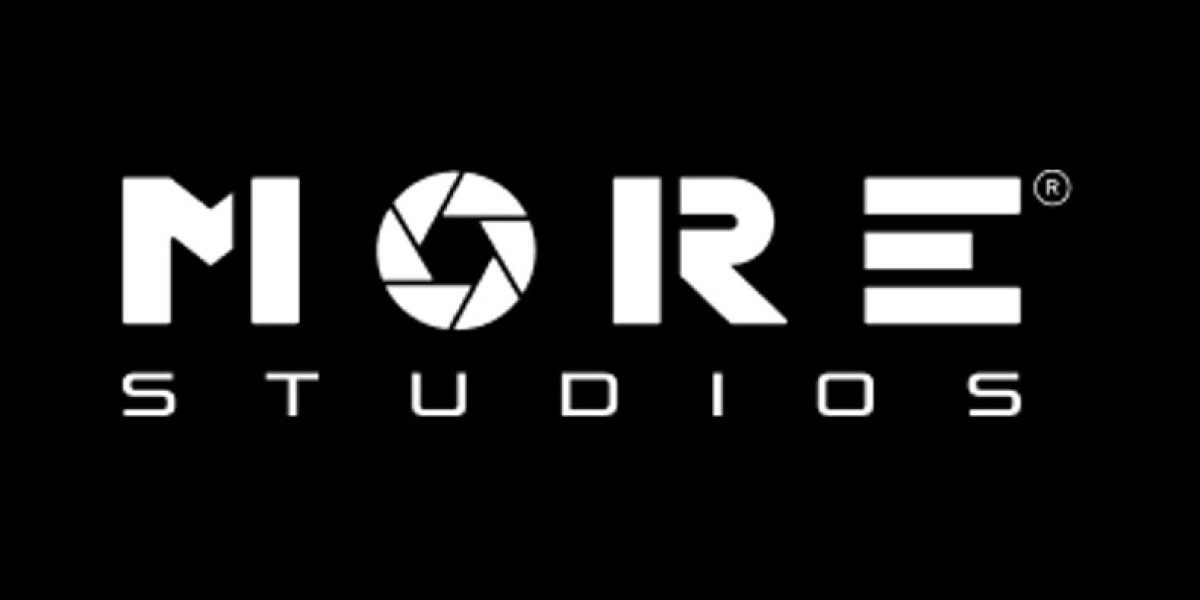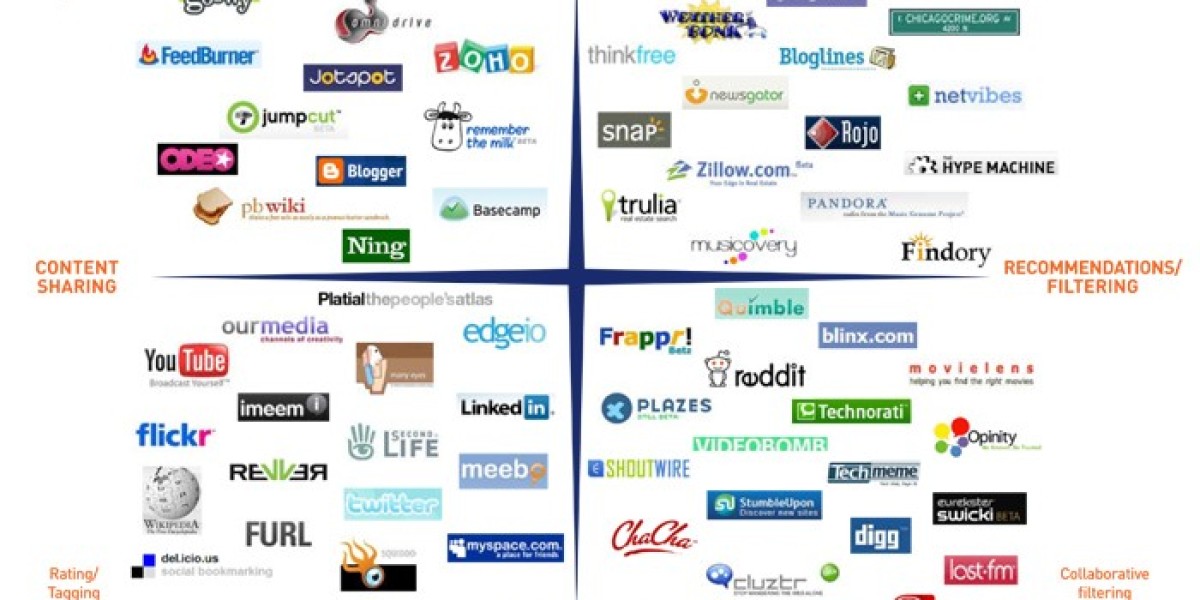In a world that's increasingly shaped by immersive digital experiences, 3D modeling has become a fundamental pillar of creativity and innovation. Whether it’s in blockbuster films, video games, virtual reality, or architectural design, the transformation from pixels to polygons is what breathes life into our imaginations. But how did 3D modeling evolve into the powerhouse it is today, and what does the future hold?
What is 3D Modeling, Really?
At its essence, 3D modeling is all about creating a mathematical representation of a three-dimensional object. This process involves using specialized software to manipulate vertices, edges, and polygons, allowing for the construction of intricate structures. Unlike flat, static 2D images, 3D models can be viewed, rotated, and animated from any angle, providing a truly immersive experience.
A Quick Look Back: The Evolution of 3D Modeling
The journey kicked off in the 1960s with Ivan Sutherland’s Sketchpad, which laid the groundwork for graphical computing. Fast forward to the 90s, and programs like 3ds Max and Maya transformed how artists approached digital design. Over the last two decades, we've witnessed explosive growth, with advancements in real-time rendering, physically based materials, and AI-assisted modeling tools making the process quicker and more intuitive than ever.
Where We See 3D Modeling Today
Entertainment & Media: Characters, environments, and effects in films and games are now so lifelike that they blur the lines between reality and fiction, thanks to hyper-realistic 3D modeling.
Architecture & Interior Design: Architects can now take clients on virtual tours of buildings before a single brick is laid.
Healthcare: 3D models of organs and bones are invaluable for surgical planning and medical education.
E-Commerce & Marketing: Virtual try-ons, 3D product views, and interactive ads are quickly becoming the standard.
The Art Behind the Model
While the right software and hardware are crucial, the true magic lies in the hands of the artists. Creating a 3D model demands a deep understanding of anatomy, form, texture, lighting, and motion. Each polygon is a brushstroke in a digital masterpiece, bringing imagination to life.









